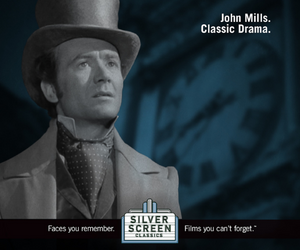GATINEAU – There should be more people with disabilities shown on television, a CRTC document states.
In its response to the Canadian Association of Broadcasters’ report on how disabled people are portrayed on TV, the commission is urging individual broadcasters to increase the number of on-air people with disabilities.
The CAB’s report, filed in response to a CRTC request to show how the industry portrays and employs people with disabilities, found that only 2% of people working in broadcasting have a disability, compared with at least 12% of the general population.
“In the Commission’s view, given the extremely limited on-screen presence of persons with disabilities and the critical concerns regarding portrayal, broadcasting licensees should give priority to developing and implementing initiatives that will help remedy these concerns,” the CRTC’s response said.
It’s asking individual broadcasters to address the hiring and portrayal of persons with disabilities in their annual cultural diversity reports filed with the commission, and to implement such measures.
For the CAB’s report, it hired researchers who consulted with disabled people, and found that most disabilities shown on TV involve visible ones, such as someone in a wheelchair. Invisible disabilities, such as mental illness or learning disabilities, were rarer. Respondents suggested using more disabled people as background performers in dramas, using a cane or guide dog, for example, rather than simply casting disabled characters as helpless people to be pitied.
Disabled people identified several barriers to them working in broadcasting, including a lack of roles for persons with disabilities, a lack of on-screen role models for disabled performers, and a lack of training for on-screen professions.
Their criticisms of news and information coverage included a lack of news, documentary, and public affairs shows of disability issues, and the use of stereotypes and inappropriate language (such as referring to someone being “confined” to a wheelchair).
To address these and other concerns, the CAB outlined several strategies in its report that the industry should use, including producing a PSA encouraging viewers to adopt more positive attitudes toward people with disabilities, creating an information package aimed at disabled people wanting to work in the industry, developing seminars for TV human resources managers on hiring people with disabilities, educating staff on the harm caused by using inappropriate terms to describe disabled people, and creating scholarships, bursaries, and internships for those wanting to work in TV.
The commission welcomed all of these strategies. “The initiatives are tangible and concrete, and address many of the concerns identified in the research.”
There is still work to be done, however. “The Commission considers that the extremely limited employment of persons with disabilities by the industry, both on-air and behind the camera, and the industry’s general lack of knowledge of the needs of persons with disabilities for access and accommodation as employees, are areas that require particular attention,” its response said.
The CRTC is requiring the CAB to provide updates on how those strategies are working.



